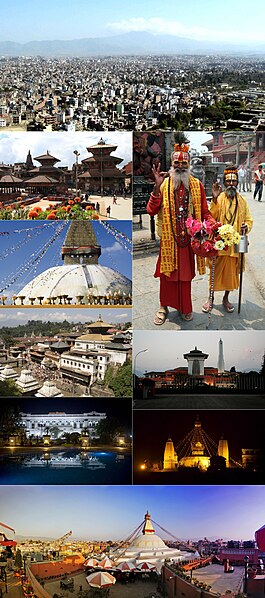A
RECENT news report quoting figures from the United Nations World
Tourism Organisation (UNWTO) suggests that Malaysia is not getting the
most value out of foreign tourists visiting the country. According to
this report, international tourism receipts from Malaysia and its two
neighbours, Thailand and Singapore, over the last two years are as
follows :
Malaysia’s
tourism revenue of US$18.3 billion (RM58.6 billion) in 2011 remained
stagnant despite 5.6 million more tourists visiting Malaysia, compared
with Thailand which, despite the floods, had revenue of US$26.3 billion
(RM84.2 billion) – US$8 billion (RM25.6 billion) more than Malaysia. A
total of 24.7 million tourists came to Malaysia last year compared with
19.1 million who visited Thailand.
Studies have shown that every tourist dollar spent here has a multiplier effect of 12 times.
Singapore,
with only 13.2 million tourists last year, increased its receipts from
US$14.1 billion (RM45.1 billion) in 2010 to US$18 billion (RM57.6
billion) in 2011, almost the same as Malaysia.
In
2011 (and as before), Malaysia has the highest number of tourist
arrivals (24.7 million) for Asean countries, followed by Thailand (19.1
million), Singapore (13.2 million) and Indonesia (7.7 million).
The
above scenario suggests that the country needs to have more high-value
tourism products to get more out of foreign tourist spendings, promote
local economy and generate greater foreign exchange earnings for the
country.
East
Asia, China in particular, and South Asia, India in particular, are
clearly projected as the catchment markets for tourists in the very near
future. Mainland Chinese alone are expected to register 180 million
overseas visits a year from 2015, with most of them heading to Asean.
This is in addition to the increasing number of wealthy travellers from West Asia who Malaysia is already attracting.
The
Tourism Ministry is responsible for the marketing and promotion of the
country on a macro level and is also making efforts to promote certain
sub-sectors such as health tourism to generate more arrivals and
spendings. But the ministry has no responsibility for the management,
maintenance and development of tourist attractions in the country.
Herein
lies the problem. The ministry does not have the budget or the clout to
develop high-value new tourism products, which if any, are often
undertaken by the private sector. The government at the highest level
and with the co-operation of all other ministries involved should set up
a high-powered and action-driven taskforce (co-ordinated by the Tourism
Ministry) to spearhead and support strategic tourist projects with the
participation of the private sector and all other stakeholders including
NGOs, tourist and travel agencies and local communities.
More
thinking “beyond the wall” is needed to find innovative ways to better
tap the spendings of tourists who are already coming to our shores. More
high-value projects must be explored and supported. More needs to be
done by all stakeholders involved in an important and crucial component
of our economy.
The writer is the CEO of a strategic think tank and consultancy based in Kuala Lumpur.

